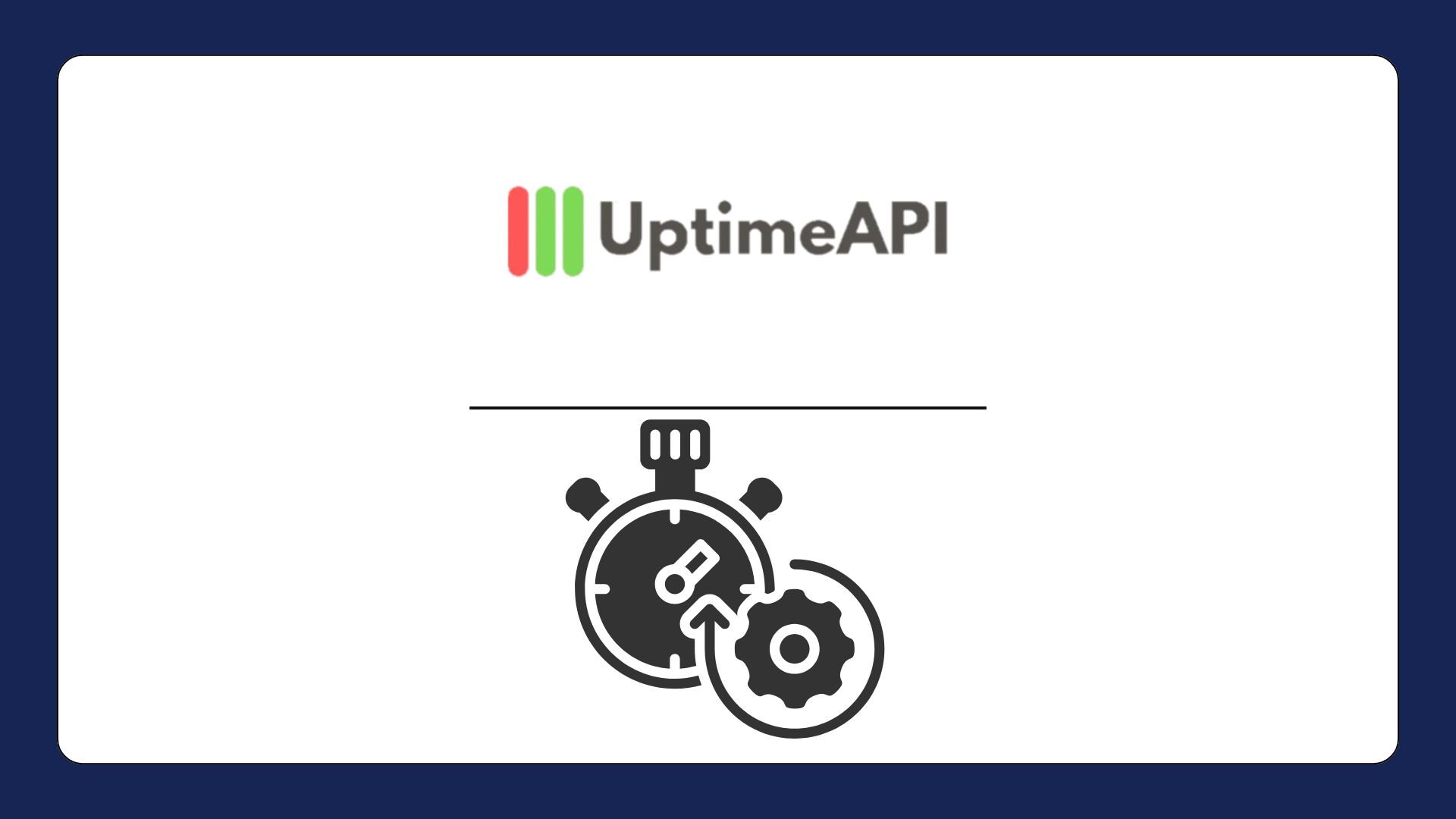API Downtime Alerts For Instant Notifications

Significant disruptions from outages can result in bad customer experiences, lost profits, and tarnished reputations. API Downtime Alerts are useful in this situation. When an API goes down, these alerts make sure developers know right away so they can take quick action. This article will discuss the advantages of utilizing Uptime API to monitor your APIs, their operation, and the reasons why every developer should use API downtime alerts.
Benefits of Implementing API Downtime Alerts for Developers
There are numerous benefits to implementing API Downtime Alerts, especially when using a solution like Uptime API. Perhaps the most significant advantage is Proactive Problem Resolution. Rather than waiting for users to report issues, developers are notified as soon as an API experiences downtime, allowing them to fix the problem before it affects the broader user base.
By minimizing downtime, developers can also deliver an Improved User Experience. Users expect applications and services to be available 24/7, and frequent API outages can lead to frustration and customer churn. With real-time alerts in place, developers can ensure that their APIs remain reliable, offering users a seamless experience.
Additionally, API Downtime Alerts help developers Reduce Downtime Costs. Downtime can be expensive, both in terms of lost revenue and damage to a company’s reputation. By responding quickly to downtime incidents, developers can mitigate these costs and keep their services running smoothly. For instance, if an e-commerce API is down, every minute of downtime could result in lost sales. By using it, developers can minimize these disruptions, ensuring that their API remains functional and revenue loss is kept to a minimum.
Best Practices for Configuring API Alerts
When configuring API Downtime Alerts, developers should adhere to a number of best practices to optimize their efficacy. Setting realistic thresholds for warnings is crucial, first and foremost. Alert fatigue may result from developers receiving repeated notifications about trivial problems that don't need to be addressed right away if the alert thresholds are set too low. On the other hand, if thresholds are set too high, important issues may be overlooked. When setting up alerts, developers should take into account the particular performance requirements of their API to make sure they achieve the ideal balance between being informed and avoiding superfluous noise.
Developers should then incorporate alerts into routine tasks. Collaboration tools like Slack, PagerDuty, or Microsoft Teams are frequently used by development teams for issue management and communication. Teams may act quickly without having to continuously monitor several systems by integrating Uptime API's downtime warnings with these platforms and receiving real-time notifications in their preferred workspace.
Testing alert settings on a regular basis is also crucial. An API's performance needs could evolve over time, and the original alert settings might no longer be enough. To make sure that downtime alert configurations are accurate and up to date, developers should test and evaluate them on a regular basis. To guarantee that messages are received promptly, this may entail modifying thresholds, adding new endpoints to be watched, or testing alert delivery channels.
Using multi-region monitoring is another essential best practice. There may be regional variations in the performance of APIs used by a worldwide audience. Multiple-location monitoring aids in the detection of problems that might only impact users in certain locales. For instance, a localized network problem may cause an API to be unavailable to users in Europe, but it will still be operational for users in the United States. No matter where their consumers are located, developers can always see how well their API is doing thanks to the multi-region monitoring feature.

